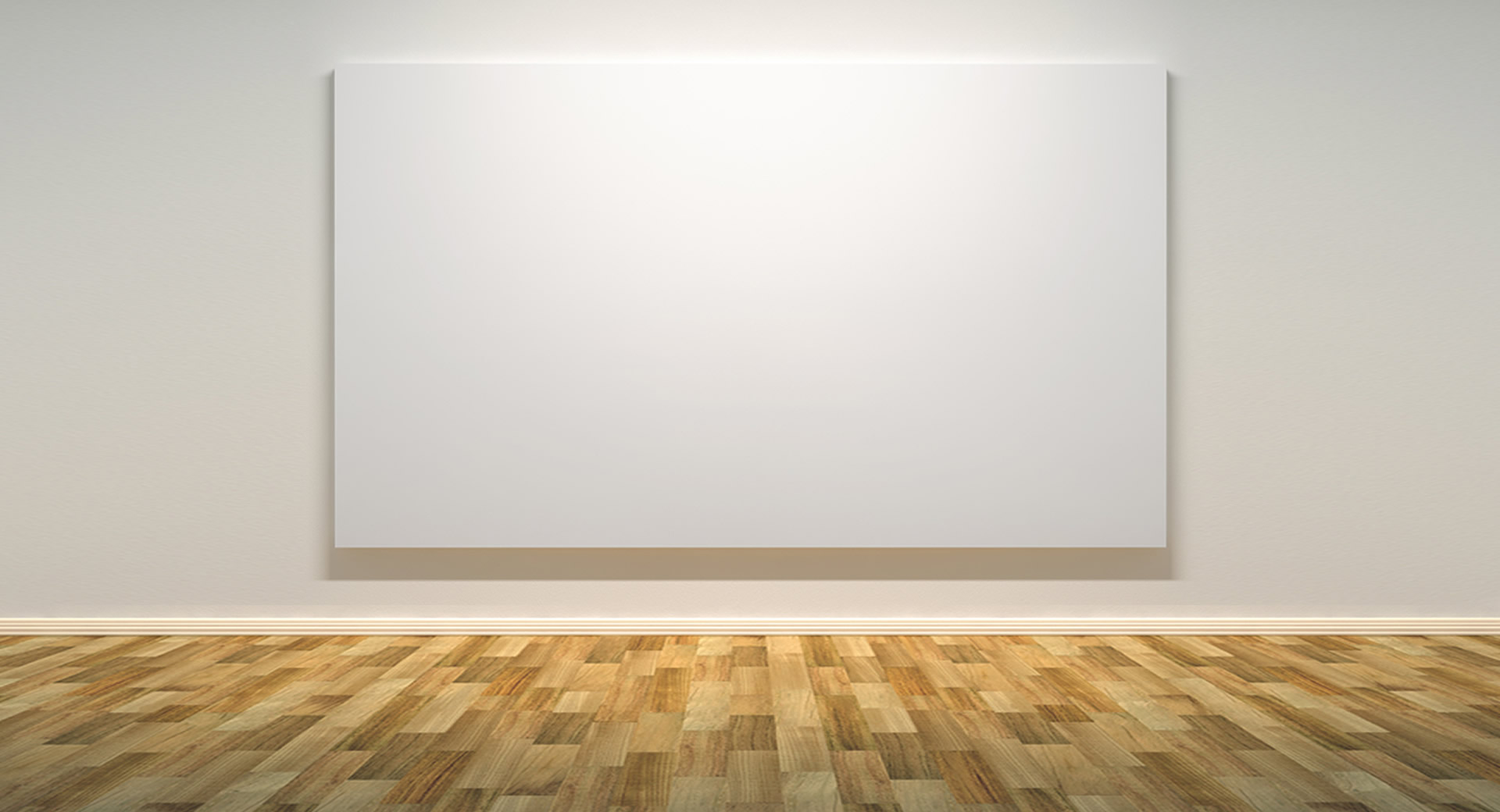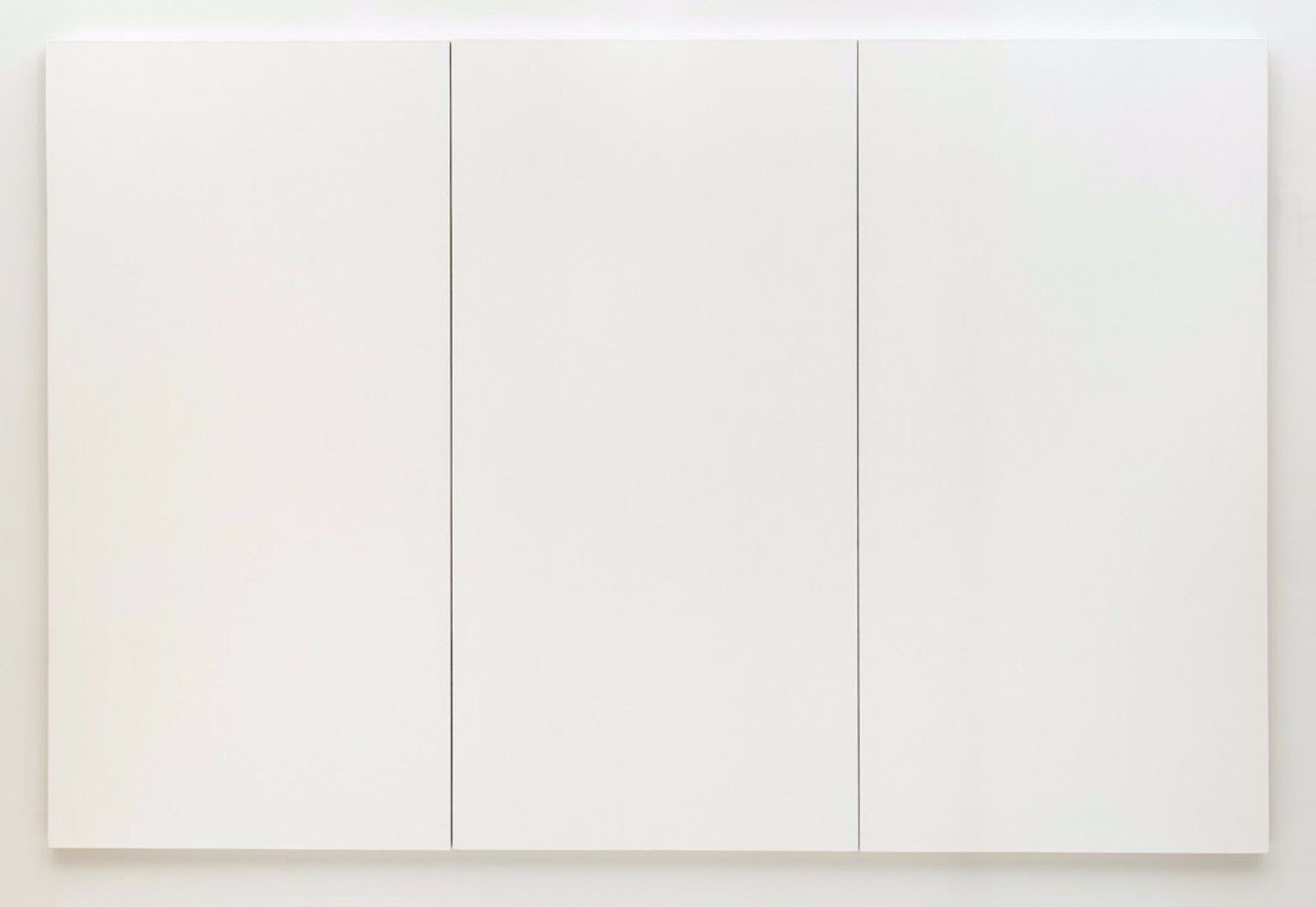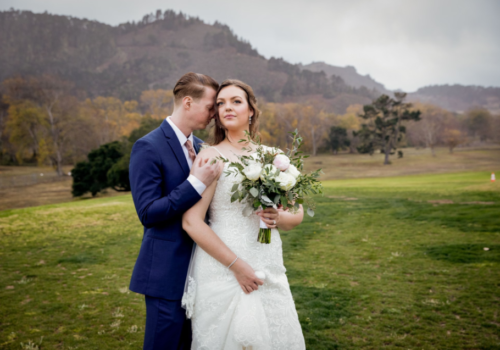6 Tips for Painting on a Blank Canvas
We all know that a blank canvas can be used for painting, but it has to be done with a lot of care. It is good to have great ideas, but ideas are not just enough. So if you are willing to bring all those ideas on a canvas, we advise you to follow these simple tips before you start painting.
Get your canvas ready:
Initially, you should buy a pre-stretched canvas, and once you buy it, you have to prime it. For this purpose, you can use gesso. You can find it out in a lot of types, and it can be utilised with acrylic, oil paint, or tempera. Generally, gesso is used as a primer on the canvas to protect the fibres of the canvas and improve its surface. And the plus point is that with the use of gesso, you can use less paint for the work.
Set the mood:
Other than gesso, you are also allowed to use a specific tone to the canvas in order to set the mood. For example, a sharp white colour canvas will not set the mood if you have decided to make a stormy painting. Likewise, a simple bluish-grey will be a great idea as it offers the moody surface that you want.

Canvas and supplies:
Before starting painting, You should know the benefits of paintings you should decide on the workplace first where you will start painting. You should decide the position of your canvas that either it can be upright or it can be placed on a flat surface beside the palette. It will make your work easier and comfortable. You just have to get the right art supplies Auckland. These supplies include paintbrushes, palette knives, water, and paints.
Choose the right brush:
One brush is not for all types of paintings. Some brushes work best on charts, whereas some brushes work great on canvas. For instance, you can not use watercolour brushes on a canvas as watercolour brushes are soft in nature and can’t be used on hard surfaces. For canvas, you can make use of oil paint brushes and acrylic brushes.
Try an underpainting:
A canvas is known to be also used for non-transparent paints, and it also provides the chance to do an underpainting. So on a blank canvas, you are allowed to make an outline that can add a striking depth to the painting.





